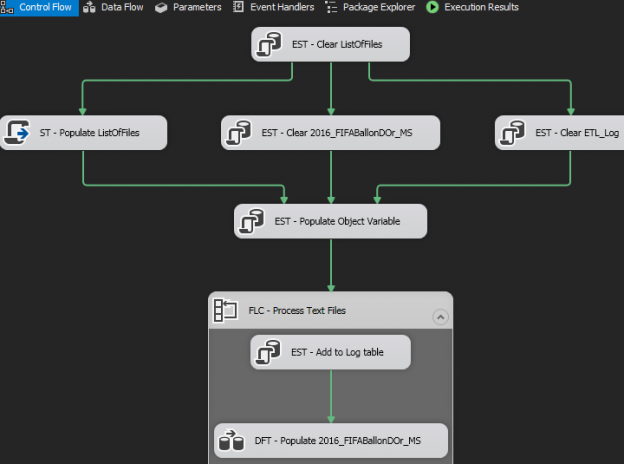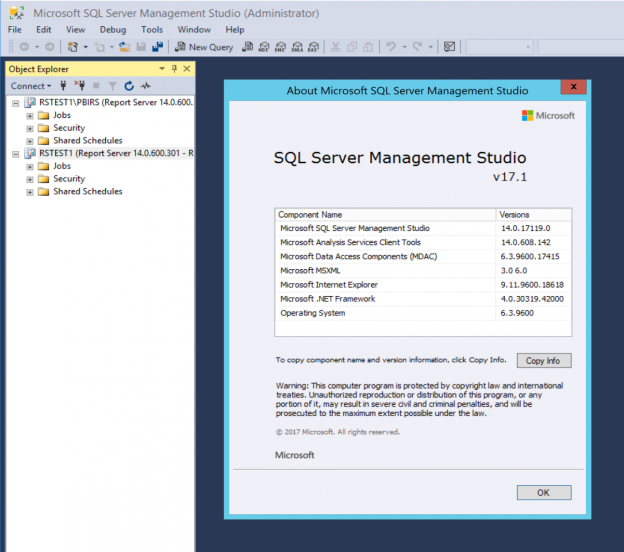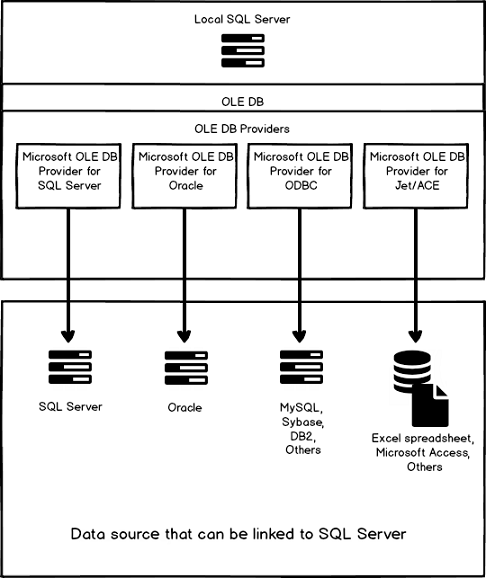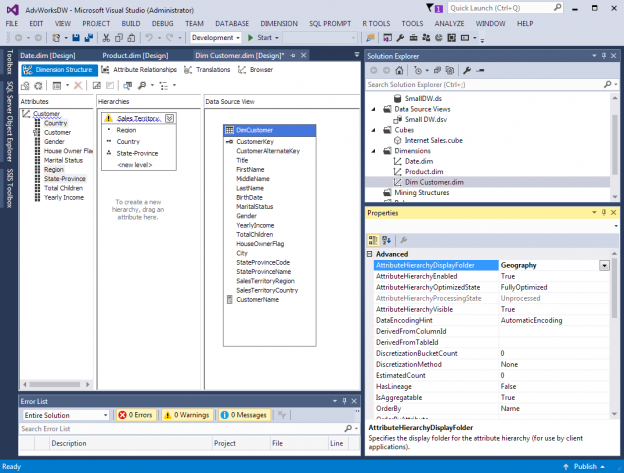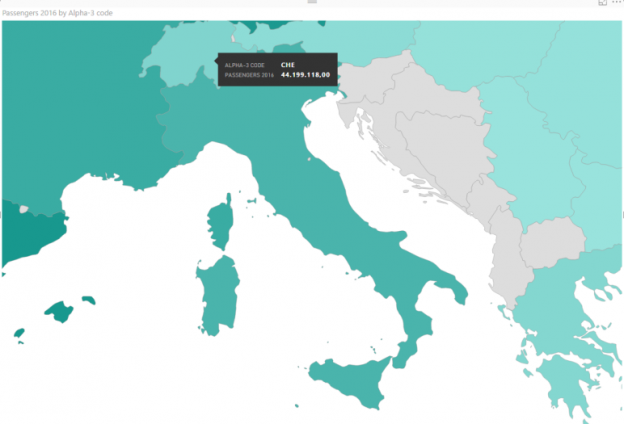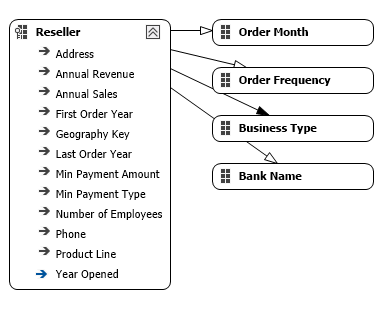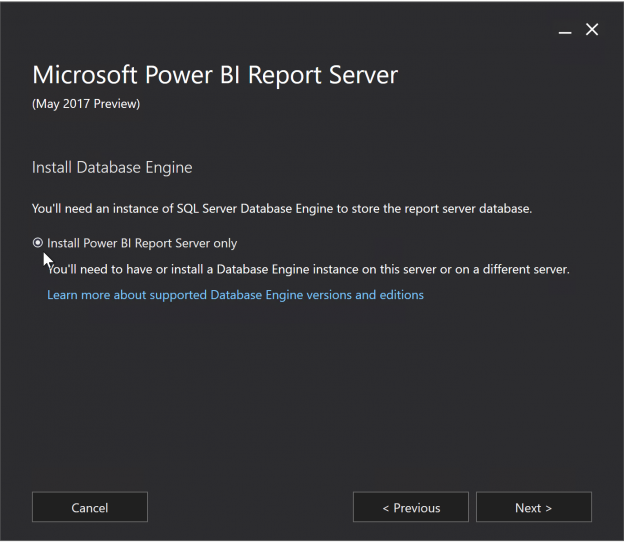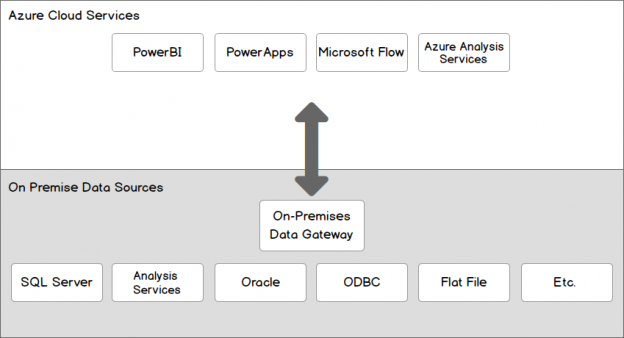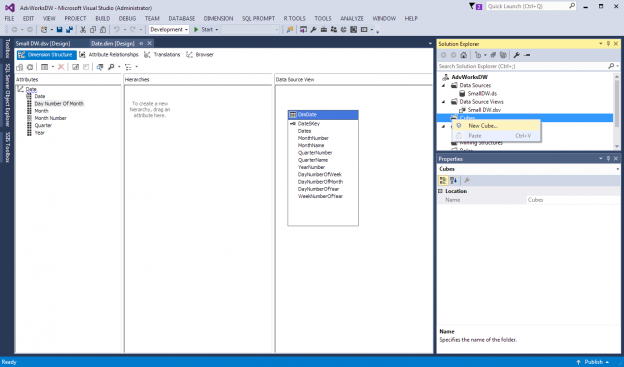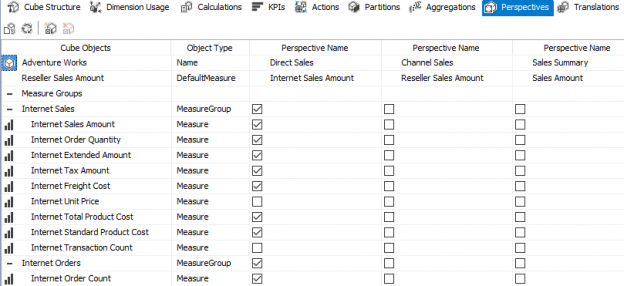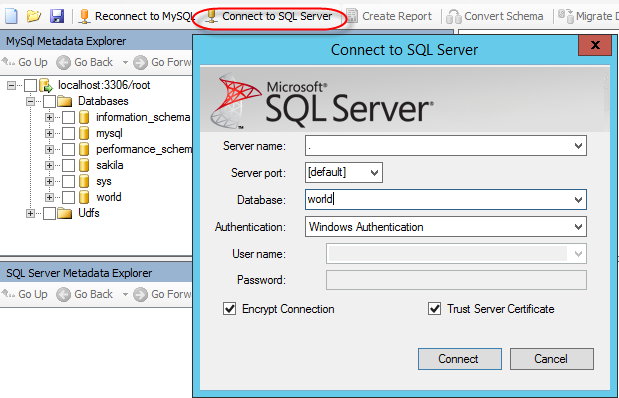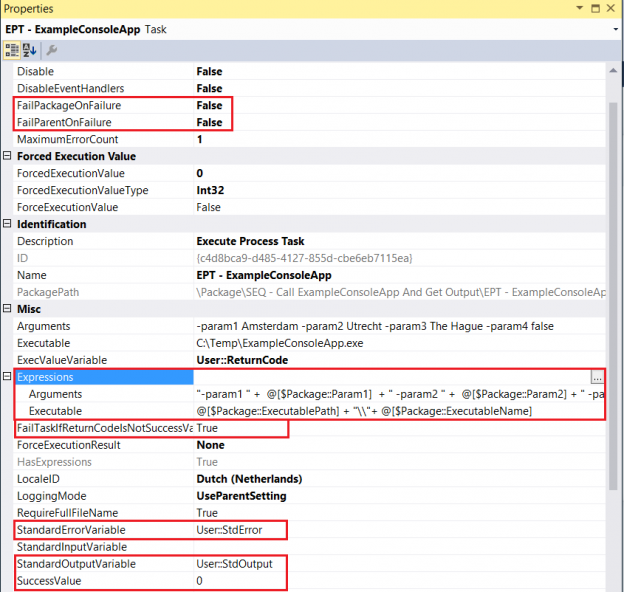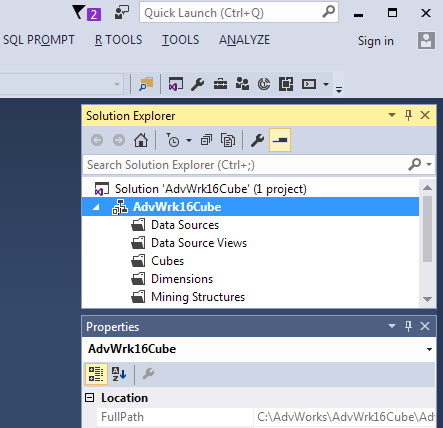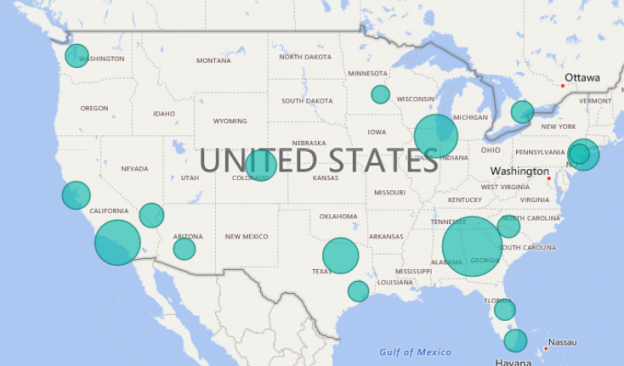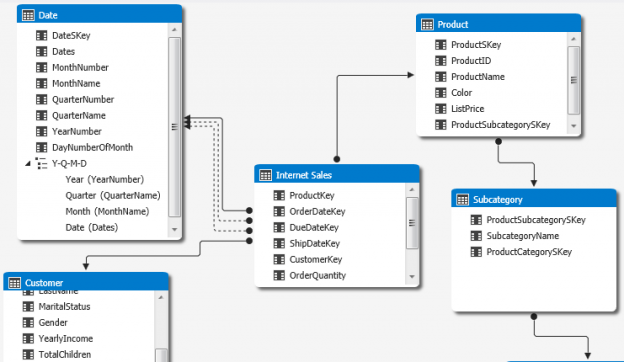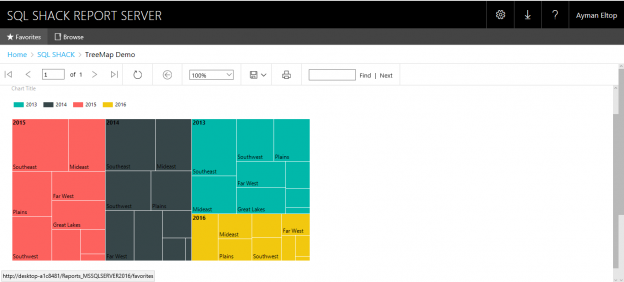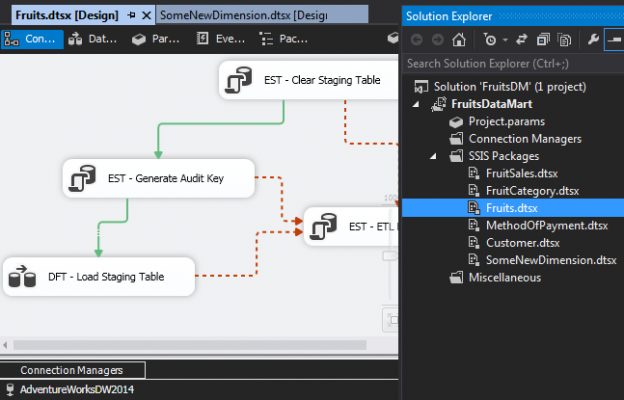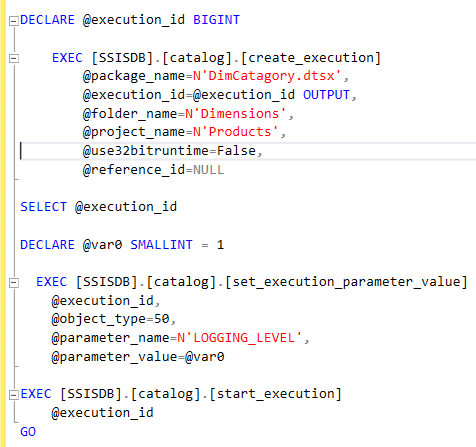One positive thing to come out of my recent project that involved rewriting one of the Data Marts from our Data Warehouse environment was a confirmation of my suspicions with regards to the behavior of SQL Server Integration Services’ (SSIS) ForEach Loop Container. You see, I have long suspected that the ForEach File Enumerator type in SSIS’s ForEach Loop Container does not process time stamped text files in an order that could be deemed correct to the human eye. For instance, Figure 1 shows a list of text files containing data relating to Marital Statuses of FIFA 2016 Ballon D’Or nominees.
Read more »
